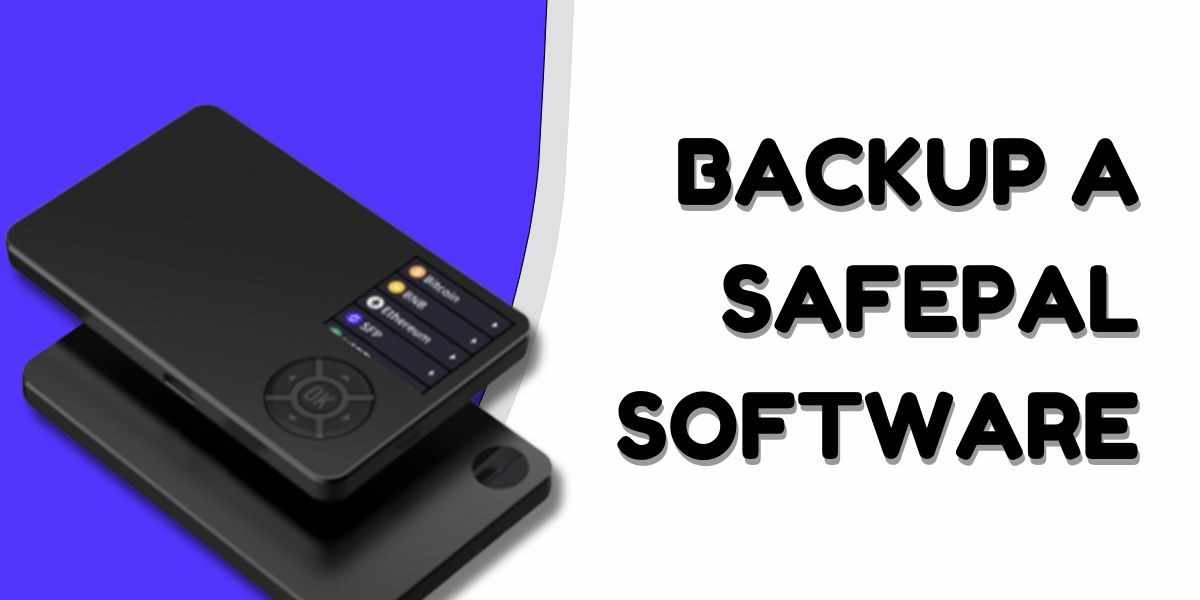
Congratulations on setting up your SafePal software wallet to securely manage your cryptocurrencies! However, your journey to digital asset security doesn't end there. To ensure your peace of mind, it's crucial to understand how to back up your SafePal wallet properly. In this guide, we'll walk you through the process of creating a backup for your SafePal software wallet, ensuring that your crypto holdings are safe from potential disasters.
Why Backing Up Your SafePal Wallet Matters
Before diving into the steps, let's emphasize why wallet backups are essential:
Protecting Against Loss: If you lose your device or it gets stolen, your SafePal wallet and its contents could be inaccessible without a backup.
Recovery from Device Failure: In case your phone or computer experiences technical issues, having a backup ensures you can restore your wallet and regain access to your funds.
Restoration in Case of User Error: Human errors happen. If you forget your wallet password or make a mistake, the backup serves as a failsafe to recover your wallet.
Now, let's get started with the steps to back up your SafePal software wallet.
Step 1: Open Your SafePal Wallet
Ensure that your SafePal wallet is installed and open on your device. You should be on the main dashboard of your wallet app.
Step 2: Access the Backup Options
In the SafePal app, navigate to the settings or preferences section. Look for an option related to "Backup" or "Security." This is where you'll find the tools to create a backup.
Step 3: Choose Backup Type
SafePal typically offers two primary types of wallet backups: Recovery Seed and Keystore File.
Recovery Seed: This is a list of words (usually 12 or 24) that represent your wallet's private key. Write these words down on a piece of paper and store them securely. Do not take a screenshot or save this digitally, as it could be vulnerable to hacks.
Keystore File: This is a digital file that contains your wallet's private key. It's encrypted with a password you set. Download this file and store it in a secure location, preferably offline, such as on a USB drive.
Step 4: Verify Your Backup
After creating your backup, SafePal will likely prompt you to verify it. This step is crucial to ensure that you've correctly saved your recovery seed or keystore file. Follow the verification process carefully.
Step 5: Store Your Backup Securely
The key to a successful backup is secure storage. Here are some tips:
For a recovery seed: Store it in a physical, fireproof, and waterproof location. Consider multiple copies stored in separate places.
For a keystore file: Save it on a secure USB drive or external storage device. Keep this device disconnected from the internet and away from potential threats.
Step 6: Test Your Backup (Optional)
For added peace of mind, you can test your backup by trying to restore your wallet on a different device. This will ensure that you can access your funds in case of an emergency.
Conclusion
Backing up your SafePal software wallet is a fundamental step in safeguarding your crypto assets. By following these steps and adopting best practices for secure storage, you can enjoy the benefits of digital currency while minimizing the risks associated with potential data loss or device failure. Remember, cryptocurrency security is an ongoing process, so regularly update your backups and stay vigilant against potential threats to your wallet.
Read Also: Where to download the latest Firmware for SafePal Hardware Wallet
Write a comment ...